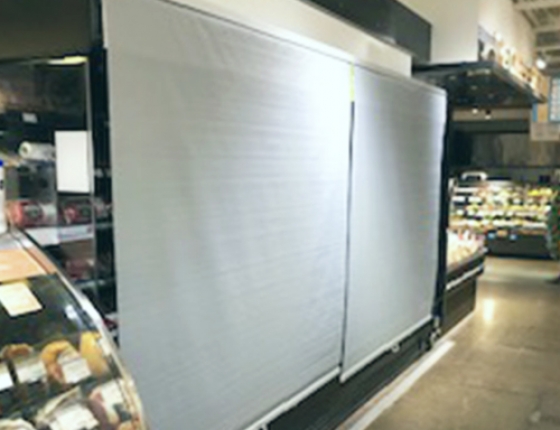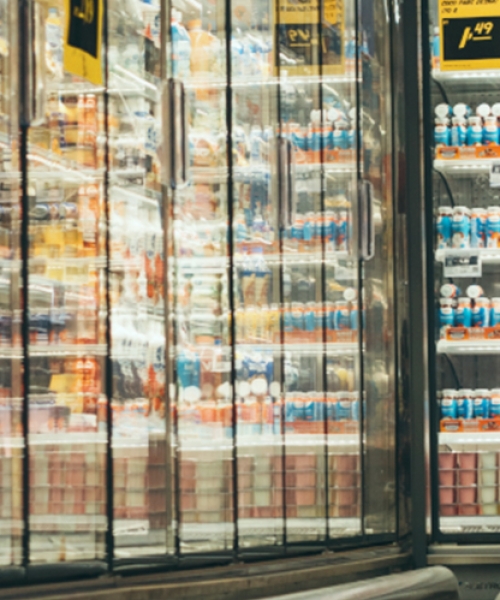Overview
Refrigeration accounts for 17.5% of commercial and 10% of industrial electric loads. The 2018 CARD Minnesota Energy Efficiency Potential Study showed that refrigeration represents nearly 20% of the electric program savings potential for the next decade. Yet in 2017 refrigeration represented less than 2% of the combined total electric savings achieved by Minnesota's three largest electric investor-owned utilities. Clearly, this large area of opportunity is not being effectively tapped. There have been dramatic changes in the refrigeration industry including federal equipment efficiency standards, new building energy code requirements, refrigerant phase-outs, and changes in store designs. These changes impact baseline assumptions and rebate measures, present significant one-time opportunities to piggyback on required capital upgrade projects, and change the effectiveness of specific program marketing and delivery approaches.
Project Process
This market study will focus on refrigeration measures and programs in Minnesota's grocery stores, ice arenas, and facilities that store or process cold foods or beverages. The complexity of these field-assembled refrigeration systems offers many opportunities beyond simple equipment efficiency ratings. The research team will compile facility lists, interview key contacts, perform site surveys, and review utility programs to evaluate current practices, trends, market barriers, and innovative program approaches. They will assess options available at the times of new construction, system replacement, and refrigerant change-out, as well as opportunities for retrofits and operational savings.
Project Summary
Objective
Generate comprehensive information about the medium and large commercial and industrial refrigeration market in Minnesota, to help programs increase the savings realized in this sector.
Scope
Interviews with 40–60 local and regional decision-makers and on-site visits of 15–20 facilities, informed by previous market characterization. Analysis of statewide potential and cost effectiveness.
Non-energy benefits
- Increased service life of refrigeration units.
- Increased ice quality in ice arenas, as well as the quality and shelf life of refrigerated and frozen foods.
- Improved profitability of grocery stores.
Related Reports & Tools

